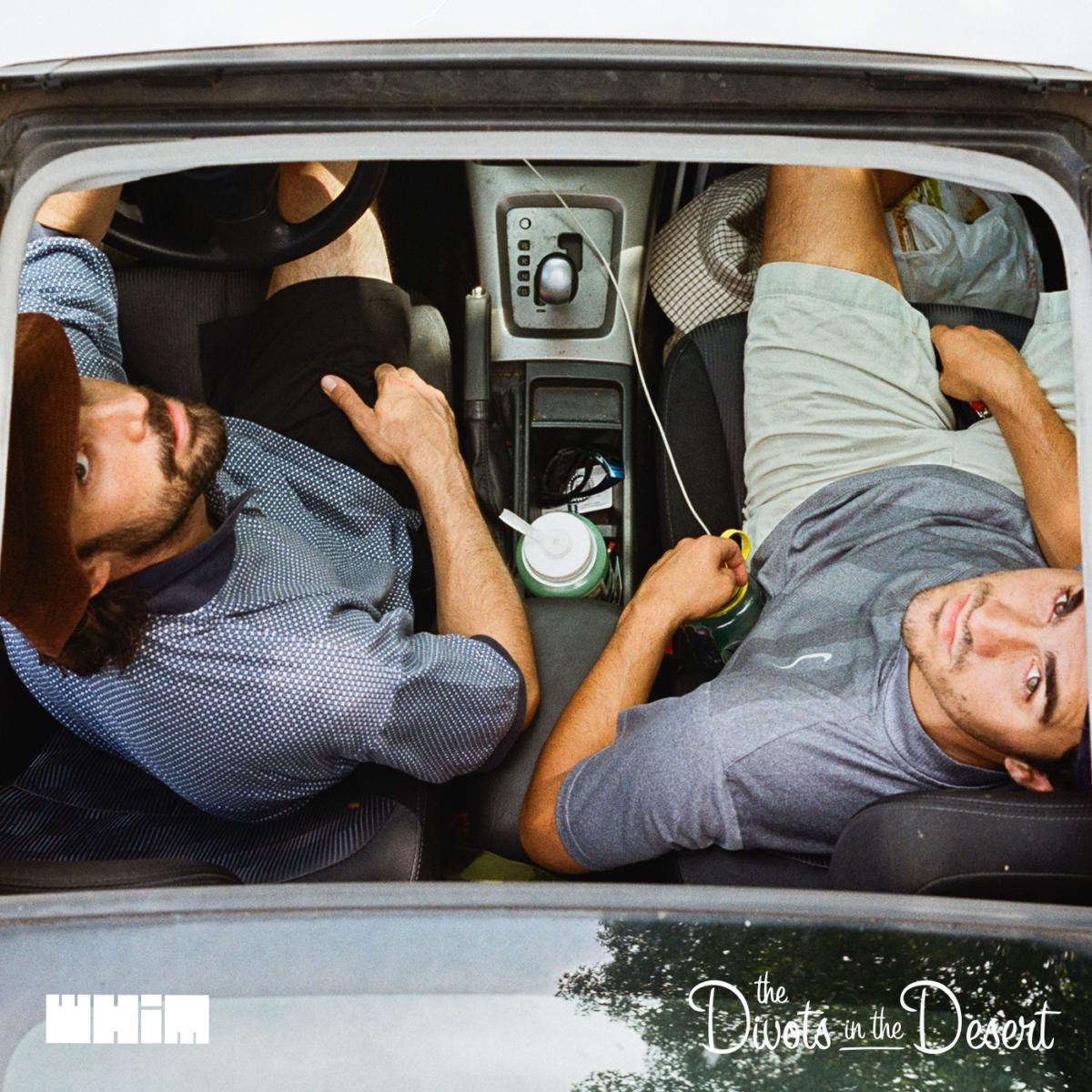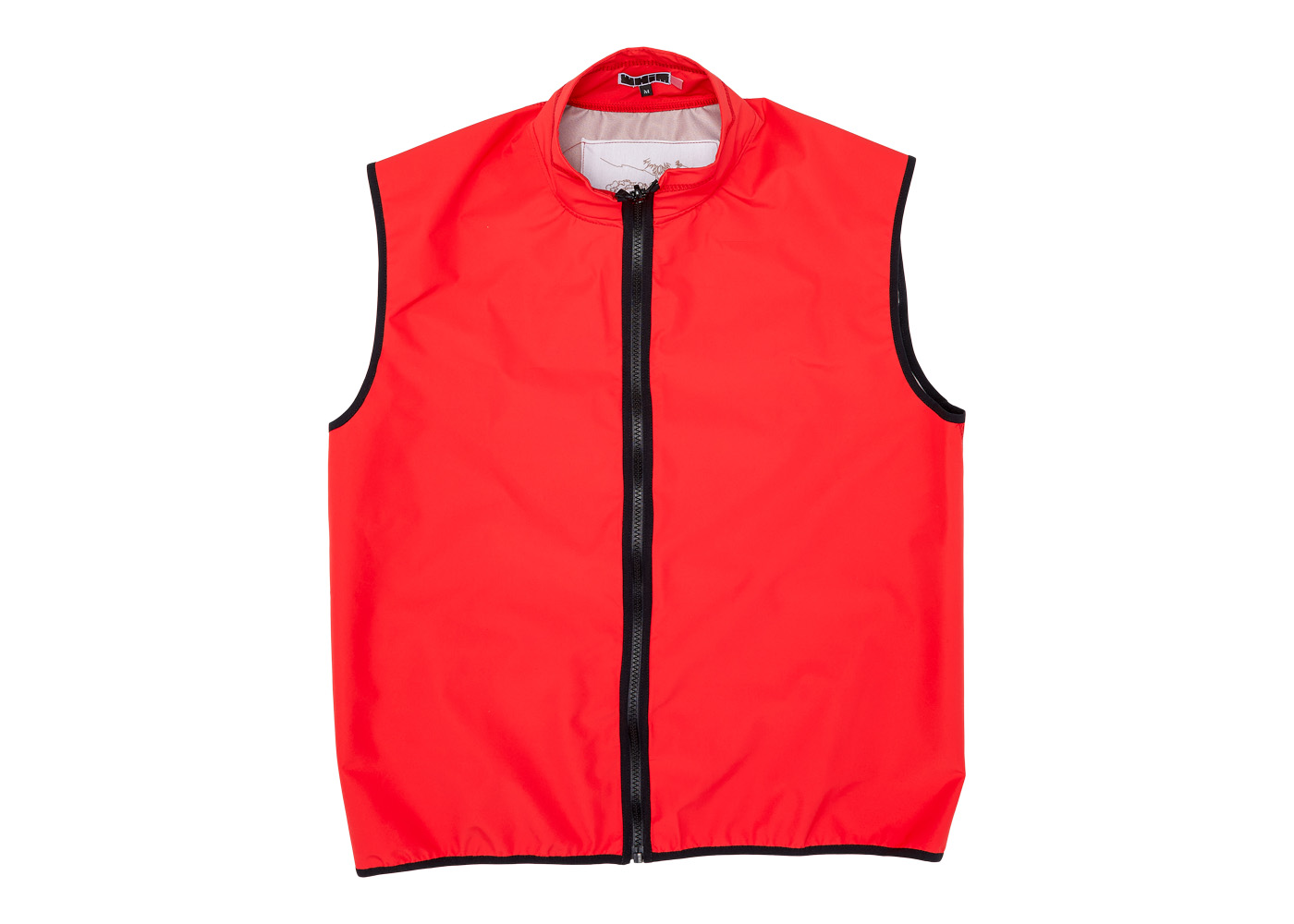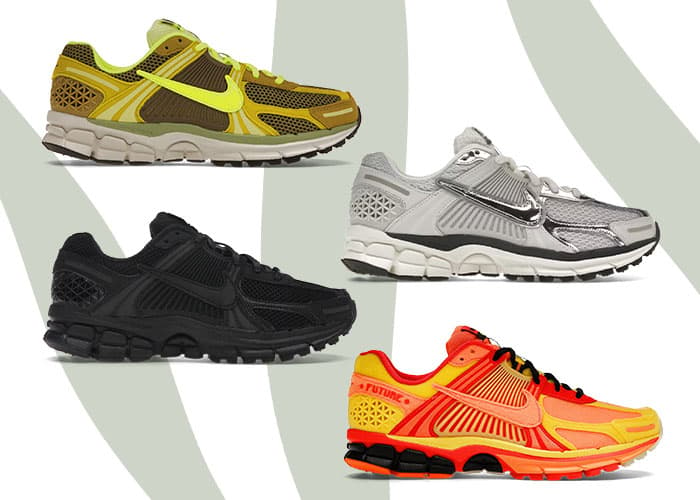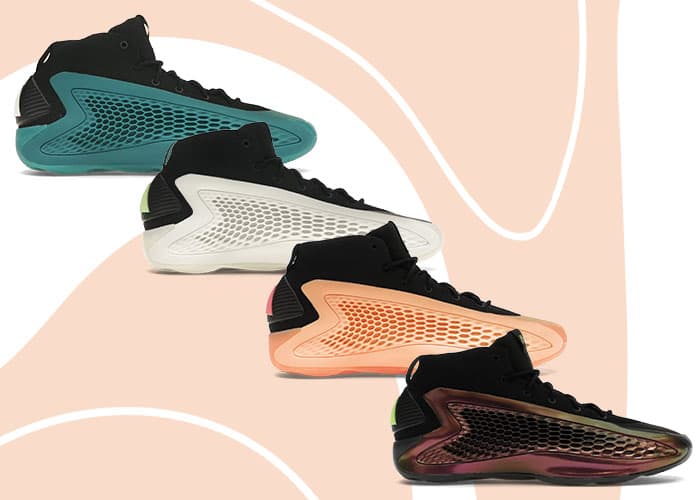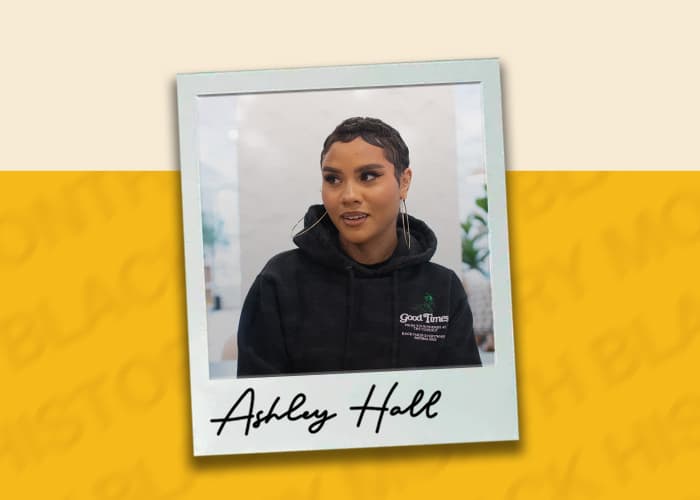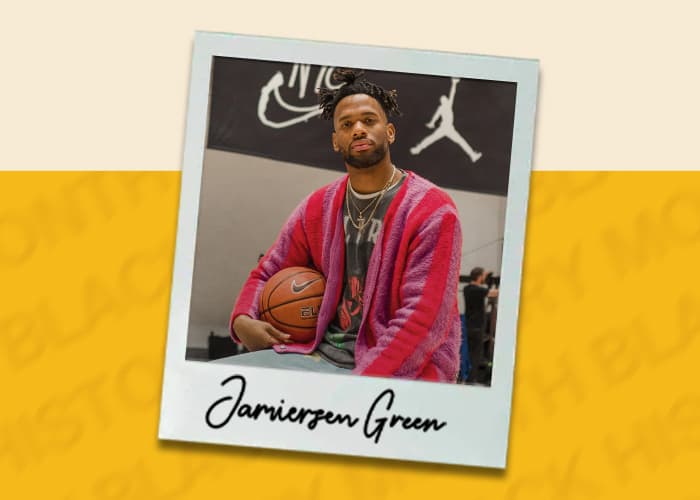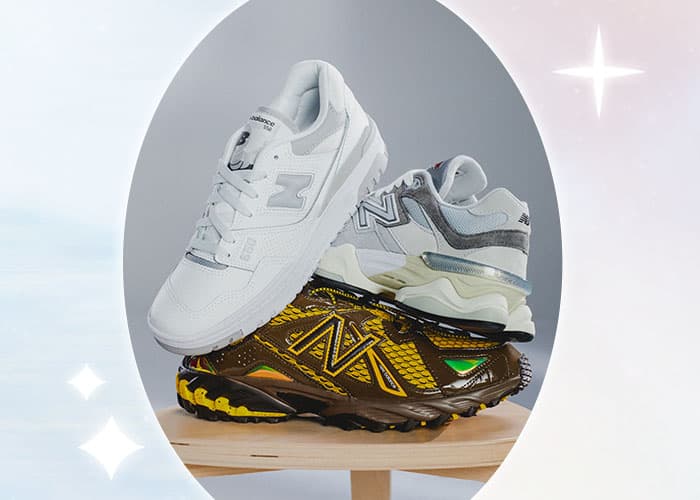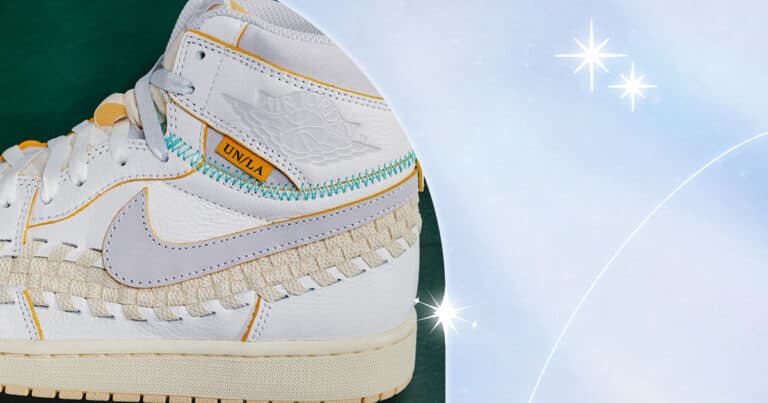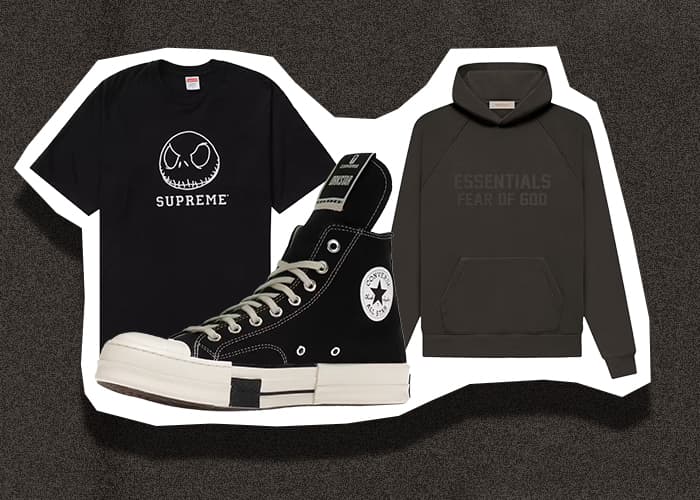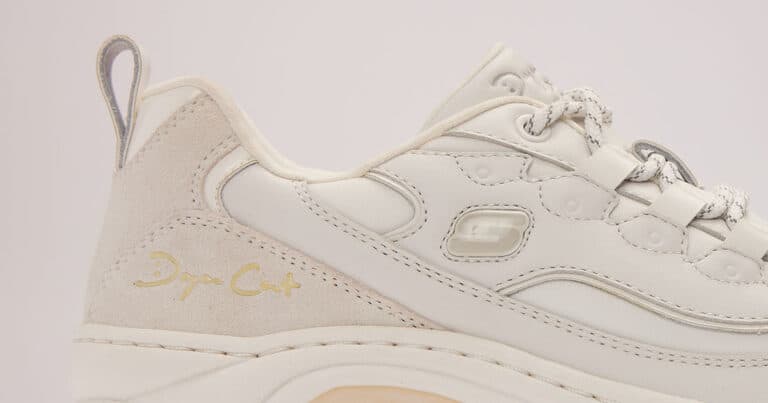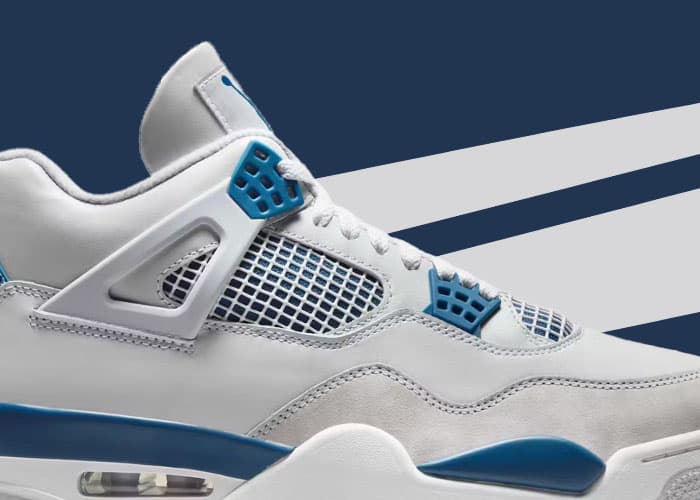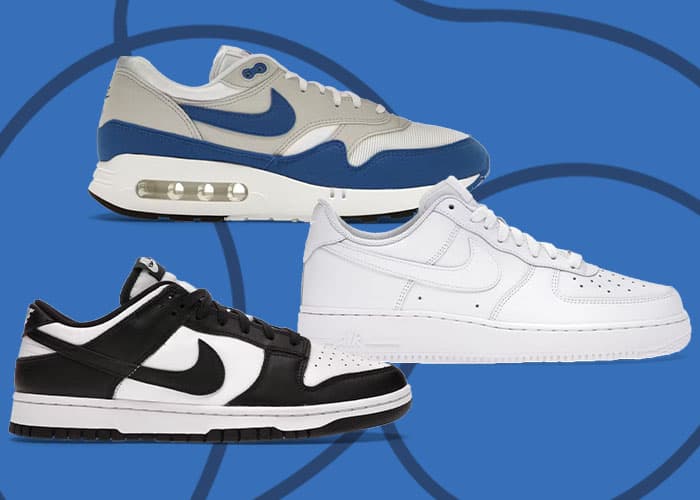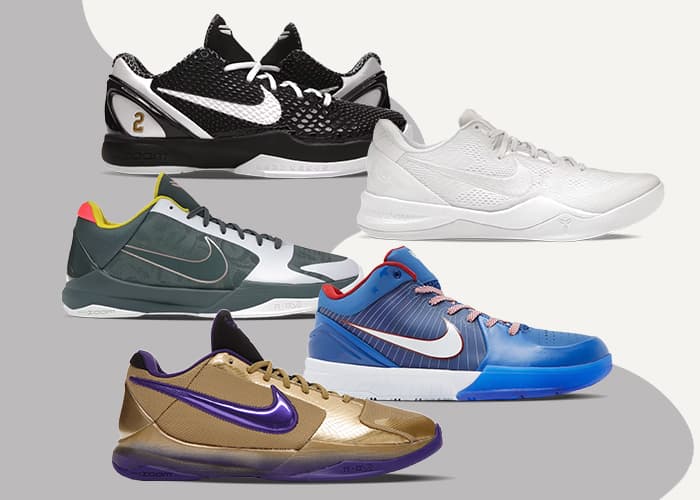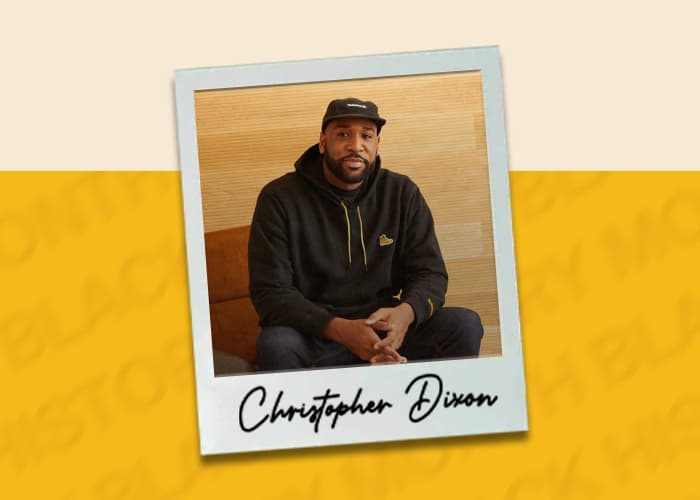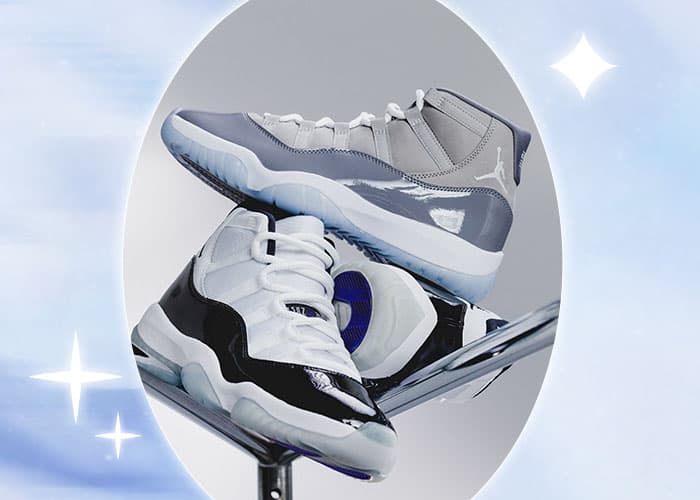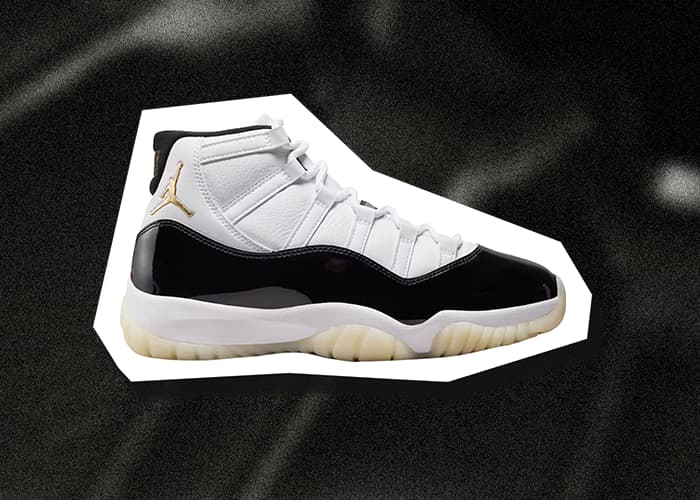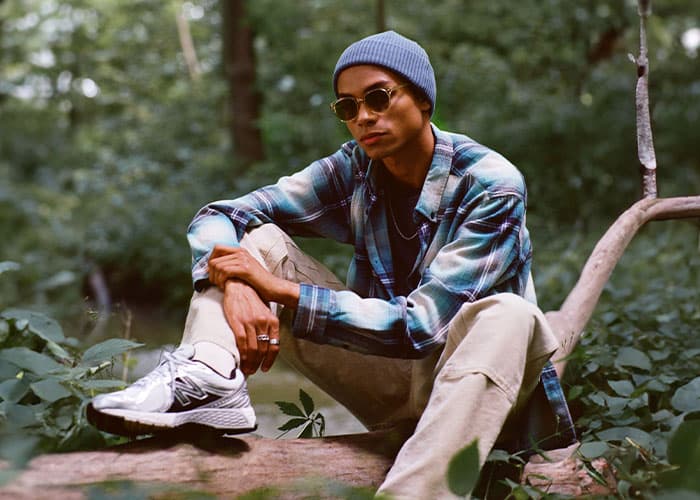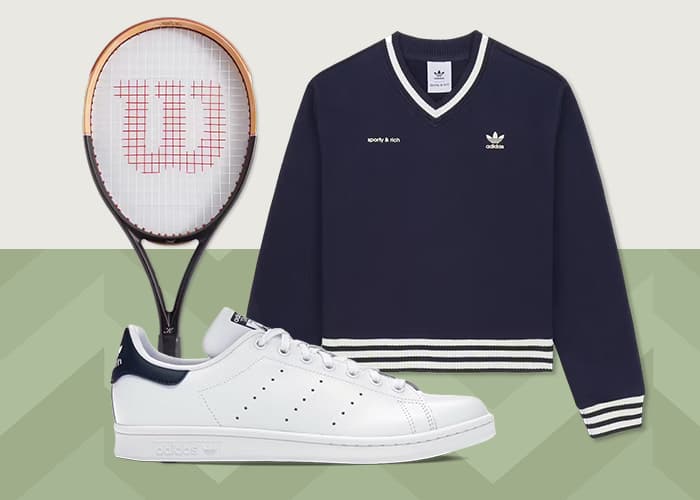The creators of Whim Golf will have everyone understand the true purpose of golf. Founded by lifelong friends, Will Gisel and Colin Heaberg in 2018, the two have been crafting cut-and-sew pieces suited for the everyday person that just so happens to enjoy playing golf in their leisure. Just like the name of their brand, the two make clothes and accessories on a whim, making what they like, when they like, and not following any of the norms that come with the stereotypical golf landscape. Their mission is common among a new generation of golf brands and enthusiasts: making the sport as inclusive as possible and showing the fun side of golf.
With Whim making an appearance in our Divots in the Desert invitational in collaboration with Malbon Golf, we got a chance to talk with the two founders of the brand about their viewpoints on golf culture, their approach towards garments, and making the sport more inclusive.
What drove the need to create Whim Golf?
Will Gisel: Whim Golf came about because we wanted the brand to be about something and not just a cool clothing company. We decided to pick something that was central to our interests. Colin and I became friends originally because of our interest in both art and sports. We both have a history with golf and it was a split-second decision. We were playing golf one day and Colin was like, “It should be a golf company.” And I said, “Yeah, for sure, that’s a no-brainer.”
Colin Heaberg: We come from the Eastbay magazine era, which has groomed our tastes, delving into products. That’s where our inspiration for the brand stems from, as well. It’s not born from going to FIT or whatever, we’re really coming at it first and foremost as a love for the game.
Do you feel as though there is something missing from golf apparel that your brand wants to bring to the table?
Gisel: I think it’s a cognitive thing that’s the problem. People who don’t play golf think that they need special clothes to play. What we address is that we make clothes that you look good in on the street and that when you walk by, people aren’t like, “Look at this fucking golfer over there.” But when you wear it on the course you can play golf just fine. If I was a PGA player I’d probably be pretty specific about some moisture-wicking this or ergonomic that, but at the end of the day, we’re more interested in trying to convince our friends to give golf a shot, the same friends that are into all the other stuff that we’re into. Clothing and style is an obstacle to people. It can be enough of an obstacle to prevent someone from trying to play.
How important of an event is Divots in the Desert to golf culture as a whole?
Heaberg: I think what’s important is the game being presented as something that everyone can and is invited to participate in. We talked about style and how that has an impact on someone’s ability to potentially see themselves as a part of a community. I think the idea of transparency of different characters and showing their interest in the game helps people potentially see themselves as a participant. This game is democratic. It’s not only the country club, middle-aged white guy that it’s known as.
You have a bag called “Just Enough”. How does a title like that speak to your view of golf’s history of gatekeeping?
Heaberg: Part of the hold-up for people who are laymen to golf is that they don’t feel like they’re good enough for the golf community. They think they’ll be screwing something up in some way by playing, which is funny because there are people who play that are terrible, but they love playing so much. It’s all about enjoying the outdoors and your friends.
Gisel: The whole point of Whim is to just fucking doing it, you know? My uncle is 81. He’s had every joint replaced in his body, he can barely twist and he loves playing golf because it gets him outside. It’s nice to be walking around outside whacking a ball around.
Where does the inspiration for these designs come from?
Heaberg: It’s just what we like. To us, it’s just tried and true good clothing. We want to wear clothes that we feel will look good on us 10 years from now.
Gisel: Personally, I just don’t like clothes with a lot of logos on them. I like things that start a conversation. Logos are especially relevant in golf. A golf shirt from any country club is gonna have a logo on the left chest. I’ll wear a shirt, that’s a Whim shirt, it doesn’t have a logo but I can feel people’s eyes as they’re looking for a logo. The logo is this huge status symbol.
Heaberg: It’s like a classism thing or people putting you on an economic hierarchy. People at golf clubs constantly do that and we made a decision to not do that early on.
Why is partnering with StockX a good fit for you guys?
Gisel: We became friends with the StockX team. Colin and I really like to work with people that we can connect with. Our whole creative process is coming up with ideas with friends who can help us accomplish our goals.
Divots in the Desert starts April 14th, 2022 in Palm Springs, CA. Learn more about our Divots in the Desert invitational on our landing page and check out other interviews with our DropX partners Malbon Golf, Bogey Boys, Quiet Golf, and Students Golf.


